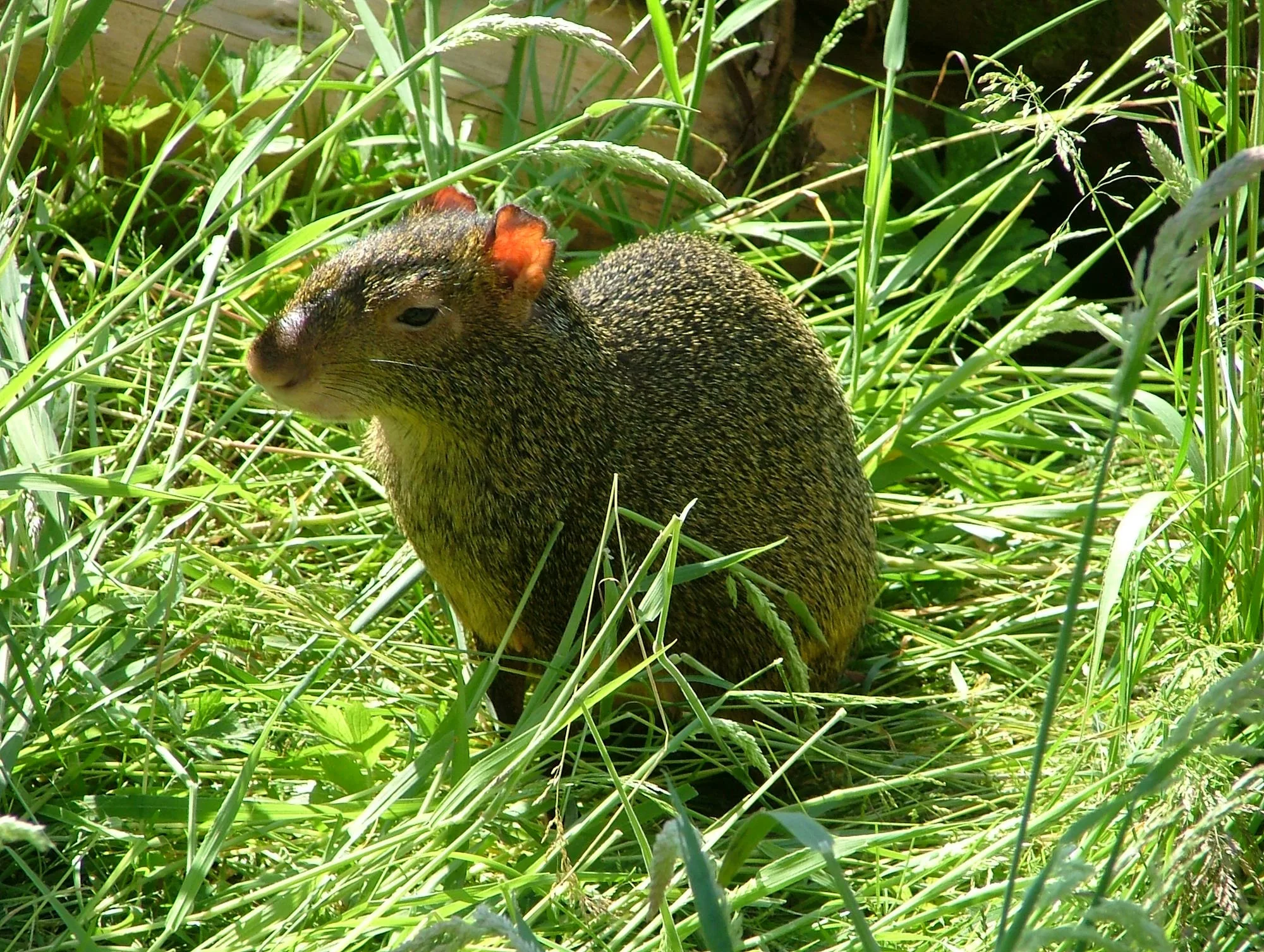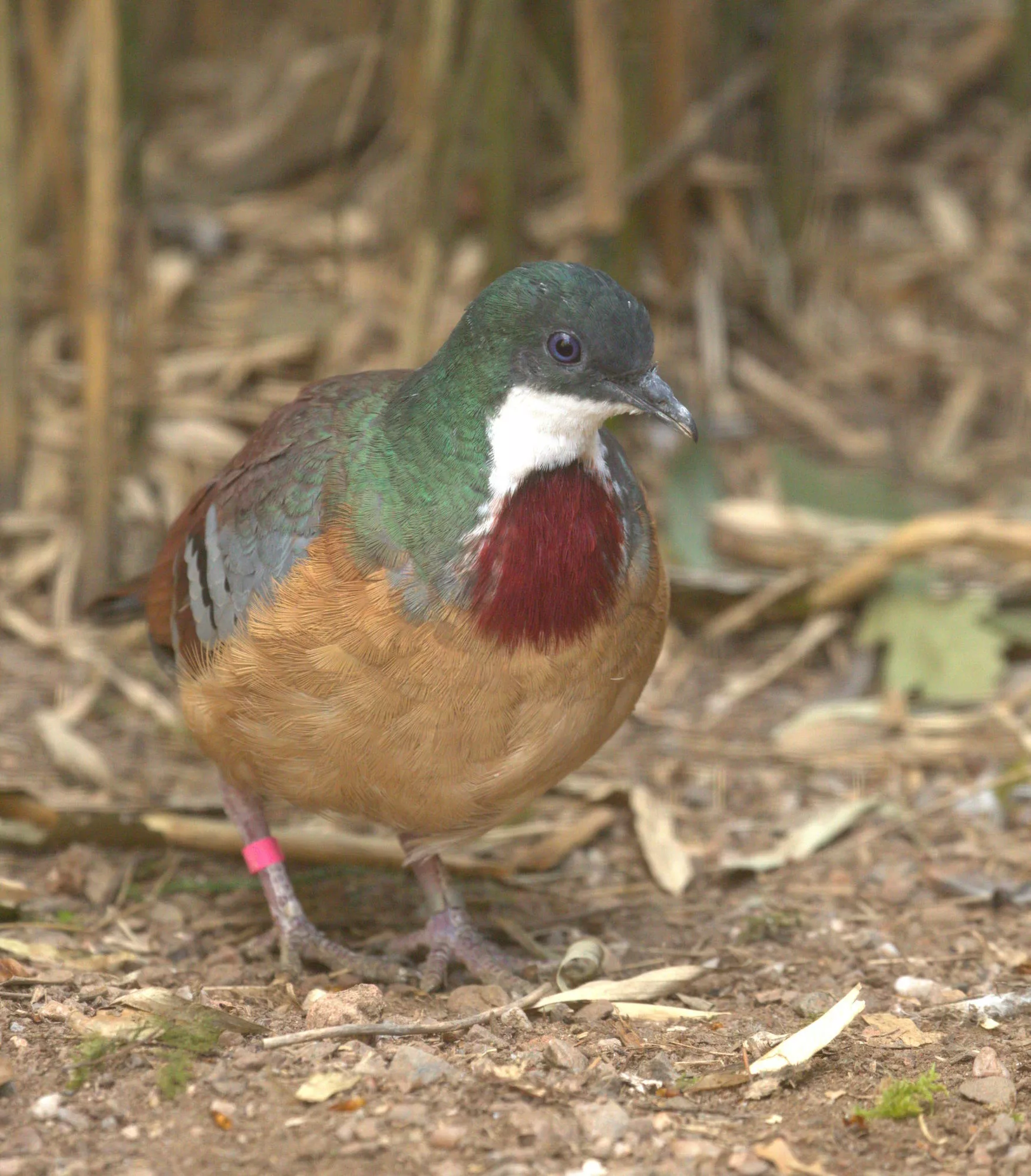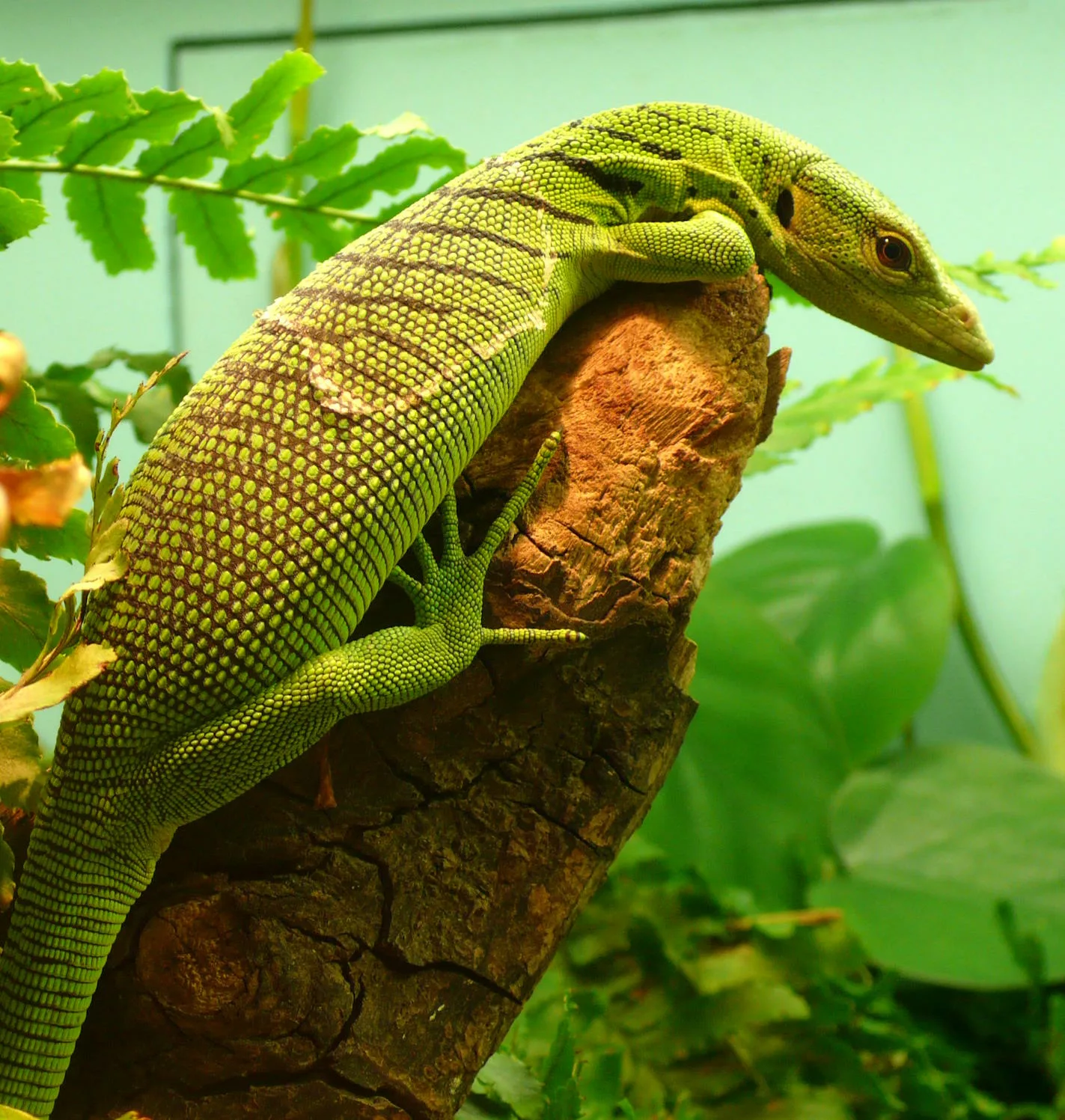
Grey-headed swamphen
Scientific name: Porphyrio poliocephalus
IUCN listed as: Least Concern
Learn before you visit!
Here are some facts about the species – Discover what they eat, find out about their natural habitat, see what they like to do, and more… Set the reading style to suit you too, everyday speak or something aimed towards children.
Child-friendly
Everyday
Diet
The Grey-headed Swamphen primarily feeds on a variety of aquatic plants, seeds, and small invertebrates. It often pulls up tender shoots and roots from the water or wet ground. Occasionally, it may consume small fish, amphibians, and even bird eggs. The bird uses its strong, dexterous bill to manipulate and tear apart its food. This diverse diet allows it to thrive in various wetland habitats, ensuring a steady supply of nutrients.
Grey-headed Swamphens eat plants, seeds, and small animals like insects and fish. They use their strong beaks to pull up plants from the water. Sometimes, they also eat bird eggs and small fish. Their varied diet helps them stay healthy.
Breeding
Grey-headed Swamphens breed in wetlands with abundant vegetation. They construct large, dome-shaped nests made from reeds and grasses, usually placed among dense reeds or floating on water. The female lays between three to six eggs, which both parents incubate for about three weeks. The chicks are precocial, meaning they are relatively mature and mobile shortly after hatching. Both parents feed and protect the young, ensuring high survival rates.
These birds build big nests from reeds and grasses in wetlands. The female lays three to six eggs, and both parents take care of them. The chicks can move around soon after hatching. Both parents feed and protect the chicks.
Habitat
Grey-headed Swamphens inhabit freshwater wetlands, including marshes, swamps, and the edges of lakes and rivers. They prefer areas with dense vegetation where they can find food and build nests. These birds are highly adaptable and can live in both natural and artificial wetlands, such as rice paddies and irrigation canals. Habitat destruction and pollution pose significant threats, but their adaptability helps them survive in changing environments.
Grey-headed Swamphens live in wetlands like marshes and swamps. They like places with lots of plants where they can find food and build nests. They can also live in rice fields and canals. They need wetlands to survive, but pollution is a problem.
At the zoo
In zoos, Grey-headed Swamphens are housed in enclosures that replicate their natural wetland habitats, complete with ponds and vegetation. Their diet in captivity includes a variety of greens, grains, and protein sources like insects and fish. Zoos play a crucial role in educating the public about these birds and their ecosystems. Breeding programmes in zoos help maintain genetic diversity and support conservation efforts. These birds are often part of larger wetland exhibits showcasing the diversity of aquatic life.
In zoos, Grey-headed Swamphens live in wetland-like enclosures with ponds and plants. They eat greens, grains, and insects. Zoos help people learn about these birds and protect them. Breeding programmes keep the bird population healthy.
Behaviour
Grey-headed Swamphens are diurnal and highly territorial birds. They are often seen foraging in groups, using their long toes to walk on floating vegetation. Their social structure includes complex vocalisations and displays used to establish dominance and attract mates. These birds are strong fliers but prefer to stay close to water, where they feel safest. They are also known for their distinctive, loud calls, which are often heard at dawn and dusk.
These birds are active during the day and like to stay in groups. They use their long toes to walk on water plants. They make loud calls to talk to each other and are very territorial. They prefer to stay near water where they feel safe.
Fun facts
- Grey-headed Swamphens have strong, dexterous bills that help them tear apart food.
- They build large, dome-shaped nests in wetlands.
- These birds are known for their loud, distinctive calls.
- They can live in both natural and artificial wetlands.
- Their long toes allow them to walk on floating vegetation.
- They have strong beaks to pull up plants from the water.
- They build big nests in wet places like swamps.
- They make loud calls to talk to each other.
- They can live in rice fields and canals as well as natural wetlands.
- Their long toes help them walk on water plants.
More animals to discover at our zoo
Quick Links
Tickets & Prices
You can buy tickets for Exmoor Zoo securely online, as well as finding out more price options, discover offers, and more…
What’s on…
Exmoor Zoo hosts incredible Events all through the year. You can find out about what we’ve got in store here…
Routes & info
Like any great discovery, Exmoor Zoo can feel a little off the beaten path – but don’t worry – you can plan your journey with our recommended routes and other useful travel info.



























